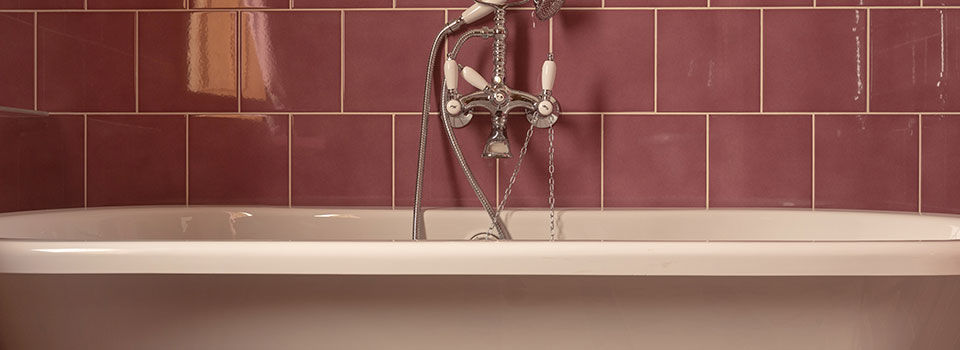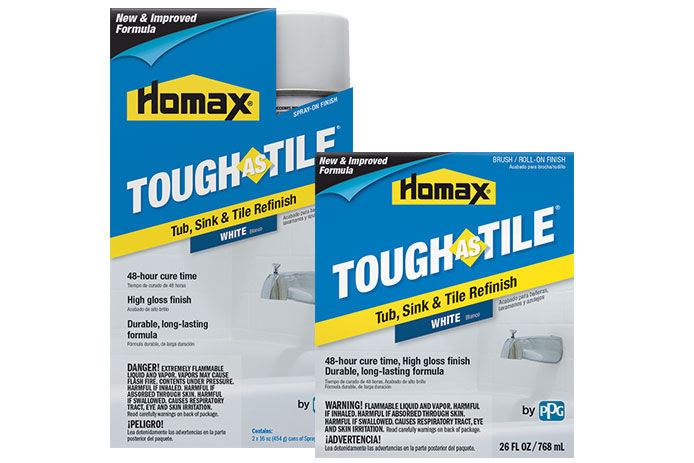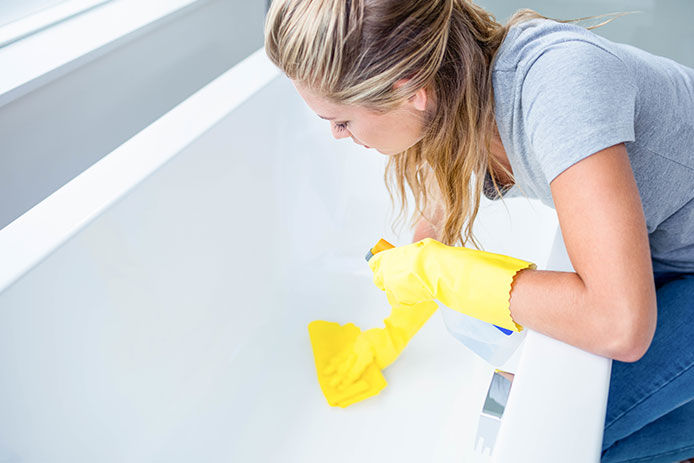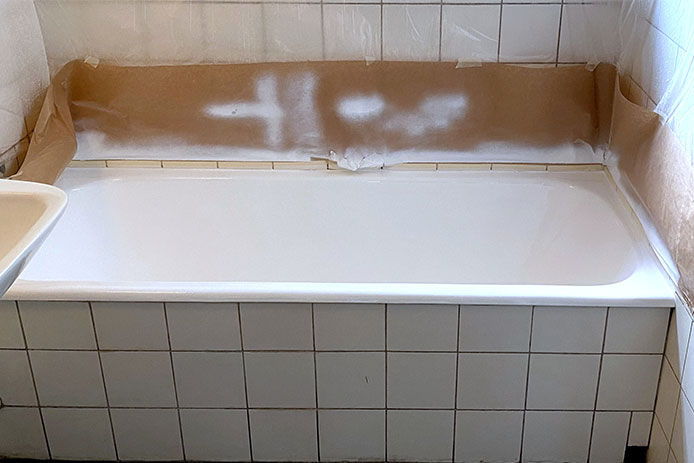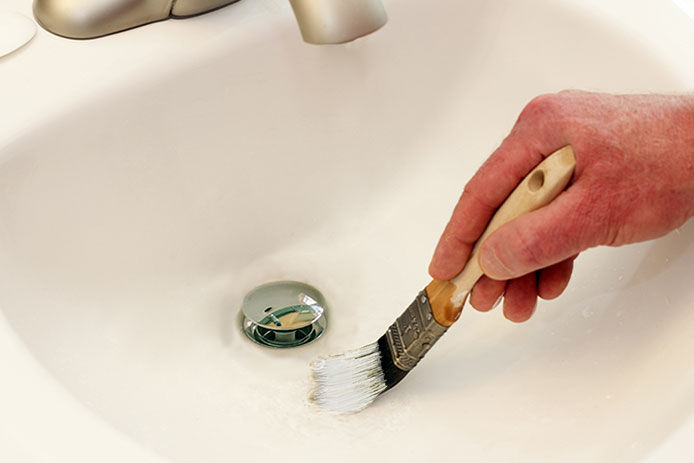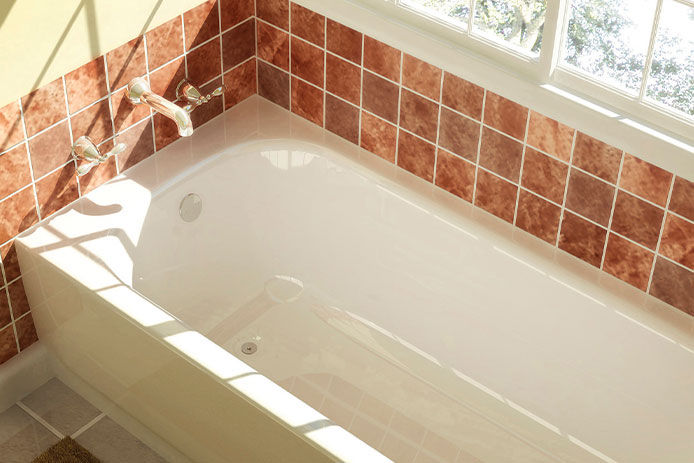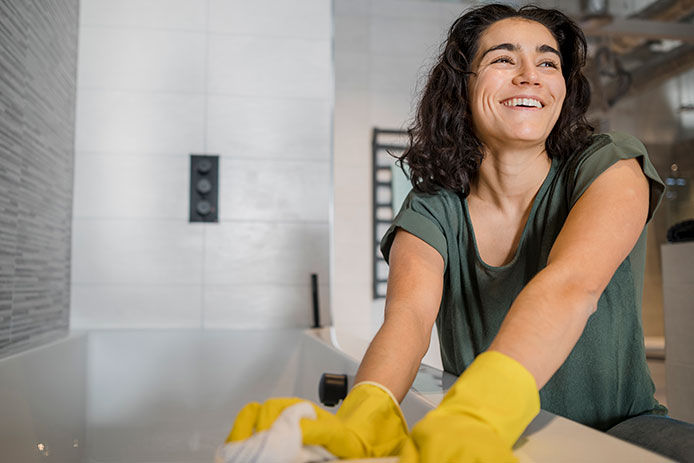Paint the tub or sink much like you would paint a wall. Apply a thin but even coat with a standard brush that you can throw away when you’re done. Smooth any drips immediately. A roller can also work, but use a smaller one for more control. Brush marks should settle out on their own. Apply a thin first coat, then apply a slightly thicker second coat after the first dries as long as the manufacturer recommends.
While do-it-yourself projects can be fun and fulfilling, there is always a potential for personal injury or property damage. We strongly suggest that any project beyond your abilities be left to licensed professionals such as electricians, plumbers, and carpenters. Any action you take upon the information on this website is strictly at your own risk, and we assume no responsibility or liability for the contents of this article.
